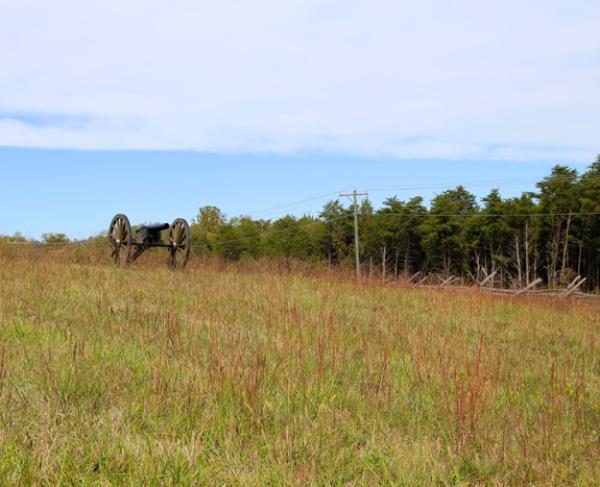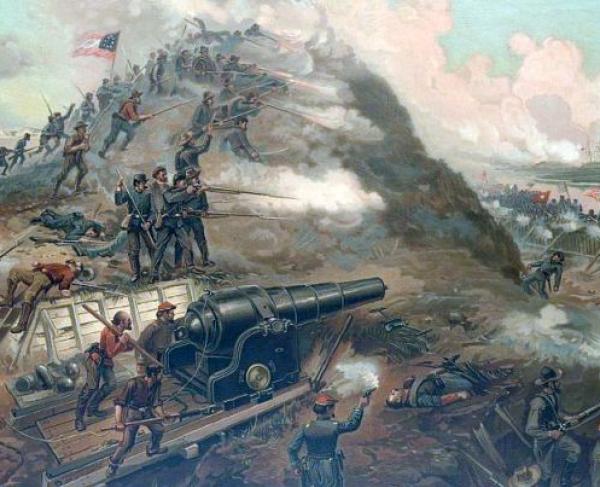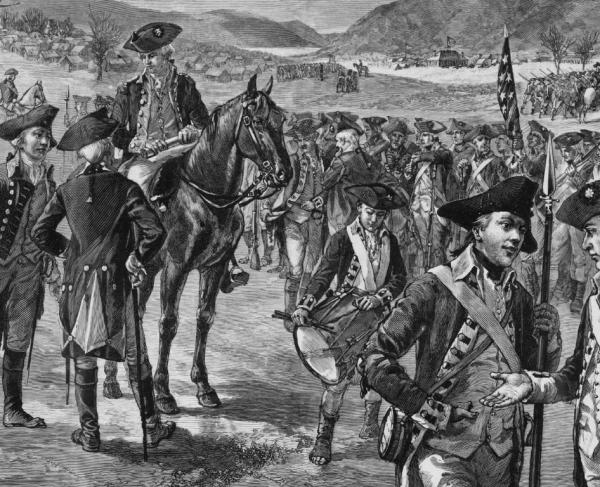10 Facts: Rappahannock Station
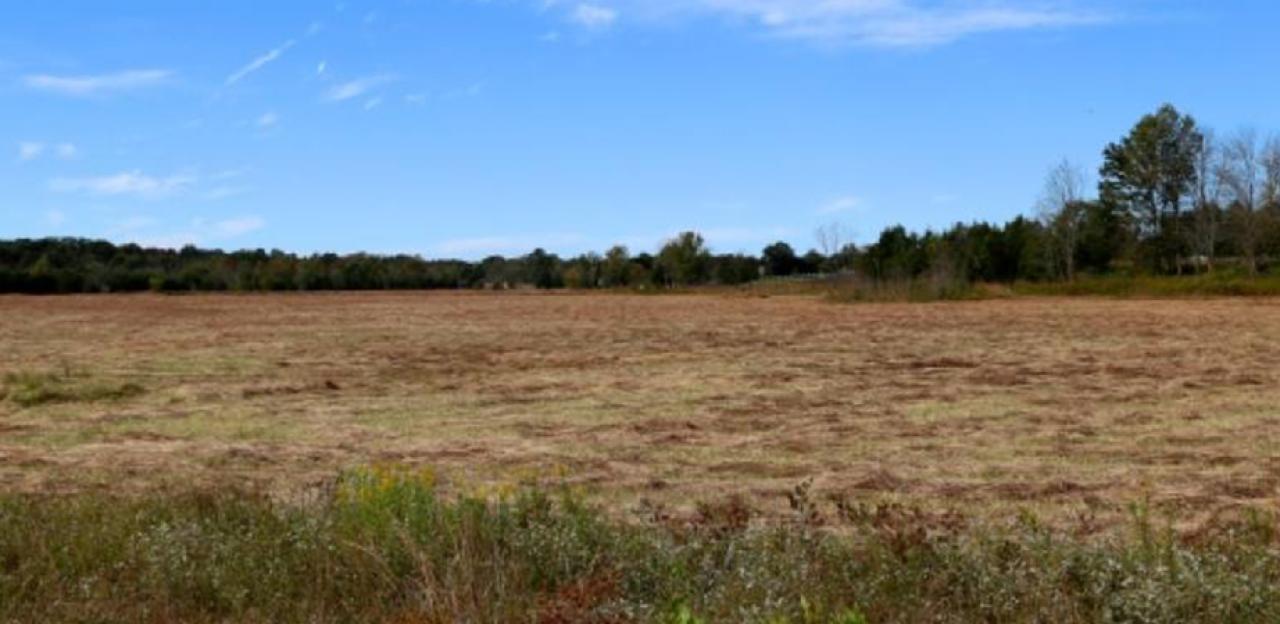
The Battle of Rappahannock Station was a critical moment in the Civil War. Please consider these 10 facts to expand your knowledge and appreciation of the Civil War Trust's ongoing preservation efforts on the historic battlefield.
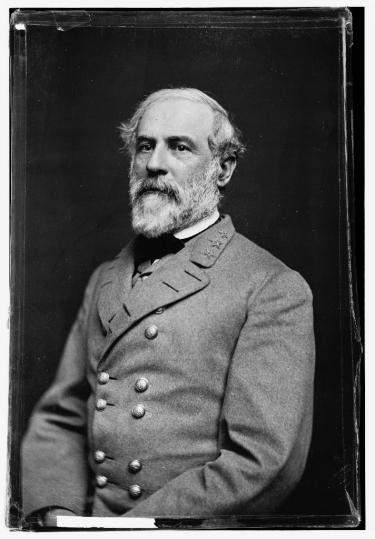
Fact #1: The Battle of Rappahannock Station was the last battle of the forgotten Bristoe Campaign.
While the Battle of Chickamauga and subsequent fighting around Chattanooga drew the eyes of the nation to the Western Theater, Union and Confederate armies in the East were actively engaged in the months following the Battle of Gettysburg. Anxious to break the stalemate in Virginia, Gen. Robert E. Lee launched an offensive in October of 1863, driving the Army of the Potomac out of Culpeper and Fauquier counties and culminating in the Battle of Bristoe Station on October 14. Following the conclusive Confederate defeat at Bristoe, Lee's men fell back, with the Federals--under pressure from Washington--following them at a distance. When General George G. Meade’s Army of the Potomac finally caught up with Lee, the Federals discovered that Confederates had established a defensive line at the Rappahannock River, centered around the hamlet of Rappahannock Station, On November 7, Union troops stormed the Confederate position at Rappahannock Station and Kelly’s Ford, resulting in a Confederate retreat to the Rapidan River.
Fact #2: The Confederate bridgehead at Rappahannock Station was key to Lee's defensive strategy along the Rappahannock River.
With the bulk of the Army of Northern Virginia south of the Rappahannock, a single pontoon bridge maintained the Confederates' connection with the northern bank of the river. Lee hoped that by maintaining this bridgehead he might be able to "threaten any flank movement the enemy might make."
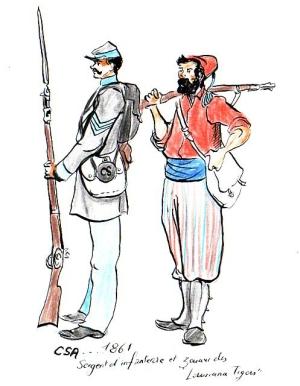
Fact #3: The Rappahannock bridgehead was guarded, in part, by some of the Confederacy's most experienced troops--the Louisiana Tigers.
To protect the pontoon bridge, Confederates constructed earthworks north of the Rappahannock. The irascible Gen. Jubal Early commanded troops in this area and was tasked with holding the bridgehead. Early entrusted this vital mission to Gen. Harry T. Hays' Louisiana brigade, known as the Louisiana Tigers. Hays' four regiments had fought in nearly every major battle in the east from First Manassas to Gettysburg and earned a reputation for fierce fighting--just the kind of soldiers Early could entrust with an important task.
Fact #4: Fighting on November 7, 1863 took place in two separate locations.
In planning his movement across the Rappahannock, Gen. George G. Meade performed precisely as Lee anticipated; he divided his troops. The Union Third Corps, under Gen. William H. French, forced a crossing at Kelly's Ford, five miles downstream from Early's position. Once French was engaged, Gen. John Sedgwick's Sixth Corps advanced on the bridgehead at Rappahannock Station.
Fact #5: A rare miscalculation by Lee aided the Union effort at Rappahannock Station.
After driving in Early's skirmishers, Sedgwick posted his artillery on high ground to the north of Rappahannock Station and shelled the Confederate bridgehead. Meanwhile, the entire Union Third Corps had advanced across the Rappahannock at Kelly's Ford. With darkness approaching, Lee was convinced that Sedgwick's advance was only a feint and that French's was the main attack. Leaving fewer than 2,000 men at Rappahannock Station, Lee focused his attention on repelling French. Around dusk, Sedgwick's artillery fell silent and his infantry suddenly swarmed toward the Confederate works. Surprised--and with no reinforcements in sight--the southerners fled across the river. Lee's error had cost him the bridgehead.
Fact #6: The 6th Maine suffered the highest casualties of any Union regiment in the battle.
Following initial contact with the enemy, the men of Maj. George Fuller's 6th Maine regiment waited while Sixth Corps artillery pounded the Rebel earthworks. Only half of the regiment had been engaged in the initial advance and their loss had been slight--one killed, five wounded. At sunset, the balance of Fuller's command went forward, forming a double skirmish line. When the command was given, the men of Maine rushed forward at the double quick, with the 5th Wisconsin in close support. According to Fuller, Confederate musketry, "grew heavier as the line neared the works, and the men were struck with fearful rapidity." Undaunted, Fuller's men vaulted over the Rebel works and a fierce hand-to-hand melee ensued. Fuller reported that Early's "astonished and bewildered" men fell back toward the nearby river in confusion, leaving the Maine men with 350 prisoners, a stand of colors, and four pieces of artillery. The 6th Maine paid a high price for their valor at Rappahannock Station. Of the 419 Union casualties that day, 139 belonged to the 6th Maine.
Fact #7: The Battle of Rappahannock Station was a major embarrassment for Jubal Early.
Few officers in the Confederate Army enjoyed the reputation of Jubal Early. Possessing an aggressive streak, he was respected by both Lee and Stonewall Jackson and he had a penchant for succeeding even when the odds were not in his favor. But "Old Jube's" luck was in short supply on November 7, 1863. With fewer than 2,000 men and four guns north of the Rappahannock (and another eight pieces south of the river), Early’s command proved no match for the sudden assault that swept his troops from the field that evening. All told, Early's force lost 1,670 men--nearly four times the number of Union casualties--and all four guns of Green's battery. Lee's chief of staff, Col. Walter Taylor, called the battle "the saddest chapter in the history of the army."
Fact #8: Following the battle, Lee established a new defensive position along the Rapidan River.
With his Rappahannock position compromised, Lee withdrew further to the south and formed a new defensive position along the Rapidan River. This, however, was not the last move the Union and Confederate armies made that autumn. Meade's army again went on the offensive later that month, forcing Lee out of his Rapidan trenches and leading to the stalemate at Mine Run.
Fact #9: Rappahannock Station was the site of a battle in 1862.
When Early's panicked troops crossed the Rappahannock and retreated south, they crossed over land that had been fought on the previous year. During Lee's 1862 campaign to suppress the “miscreant” John Pope, Confederate troops under James Longstreet engaged Federals at locations all along the Rappahannock River, including Rappahannock Station.
Fact #10: The American Battlefield Trust and its partners have numerous parcels of land at Rappahannock Station
The American Battlefield Trust and its partners have saved several important pieces of the Rappahannock Station battlefield. This includes the site of the Confederate earthworks north of the river as well as land on both sides of the historic Orange and Alexandria Railroad on the river's southern bank. This ground is part of a larger corridor of land the Trust has preserved along the historic Rappahannock River, including Kelly's Ford and Brandy Station. To learn more about the hallowed ground preserved by the American Battlefield Trust, visit our Saved Land Map.
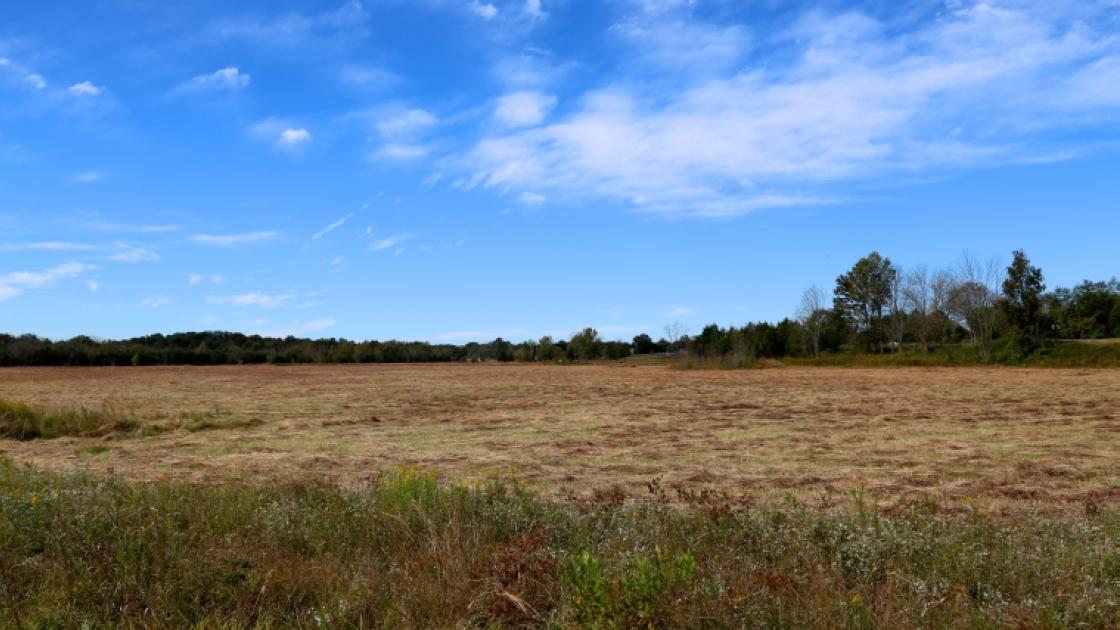
Learn More: War in the East
Related Battles
540
1,380
260
50
419
1,674
